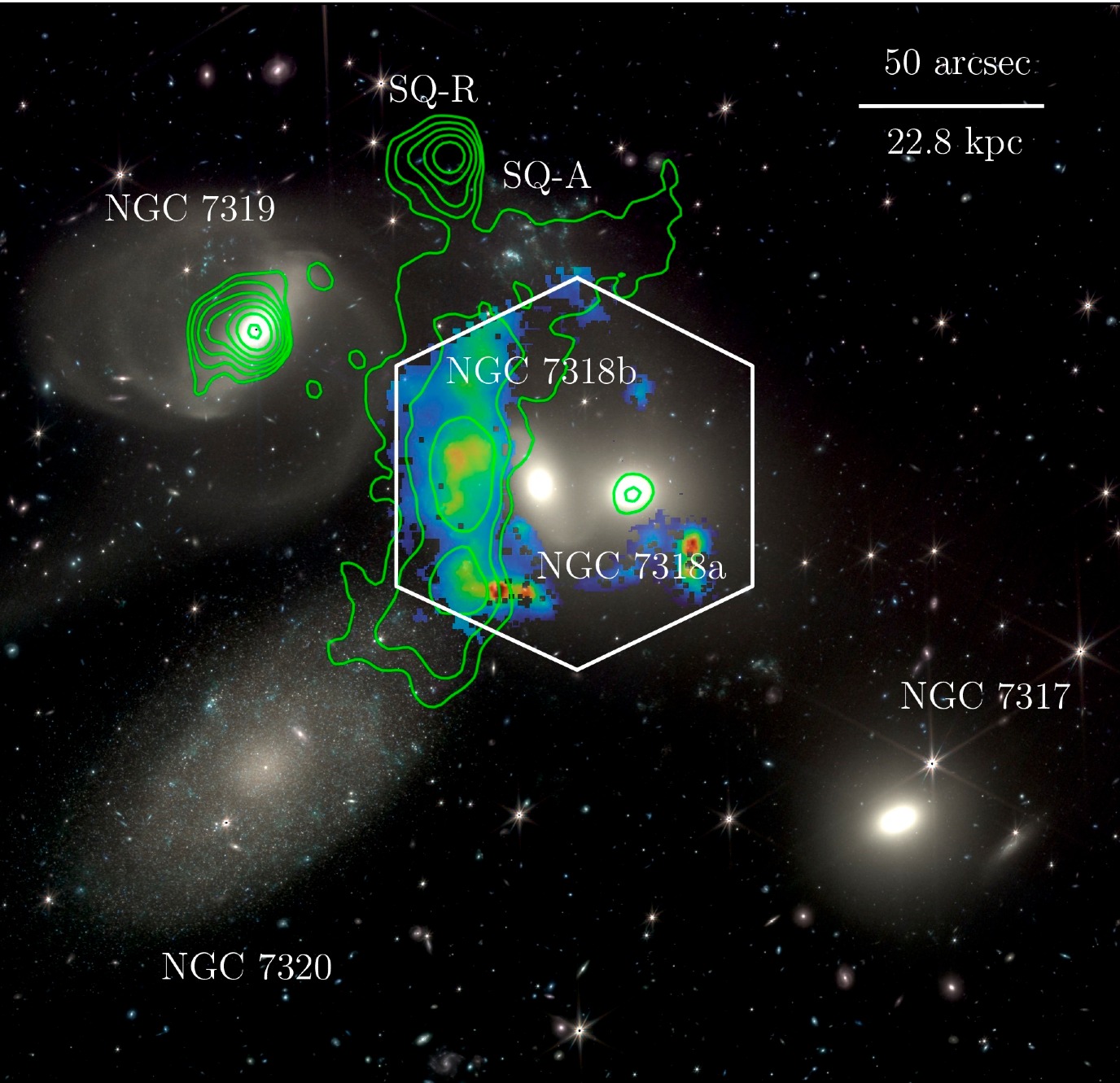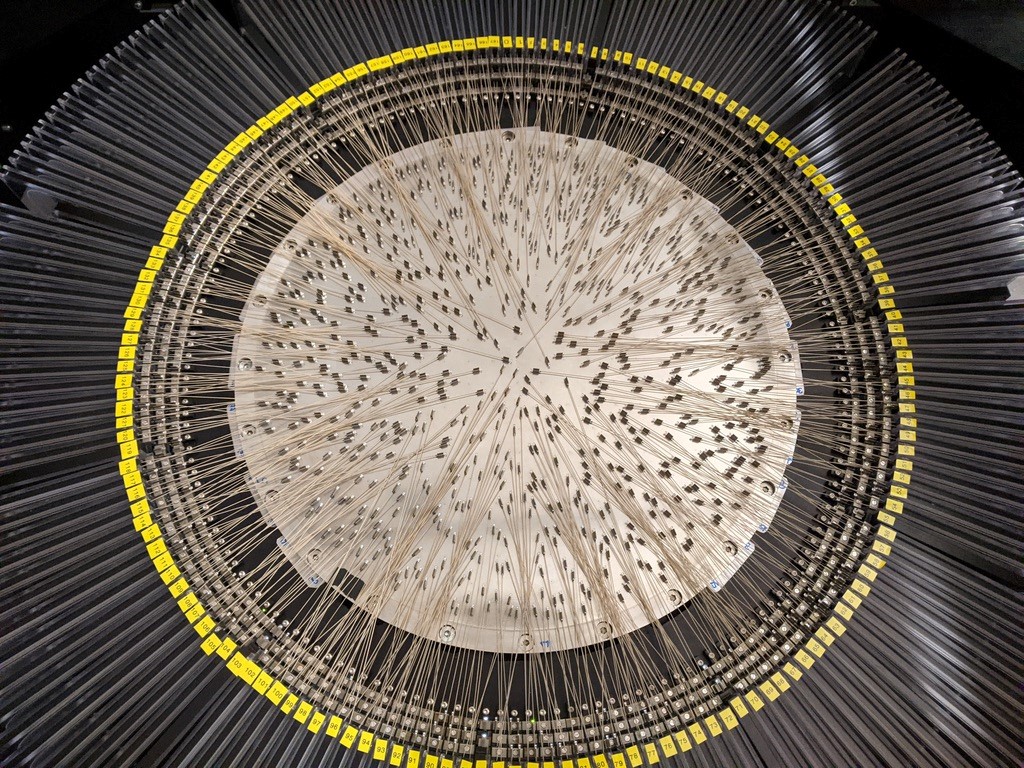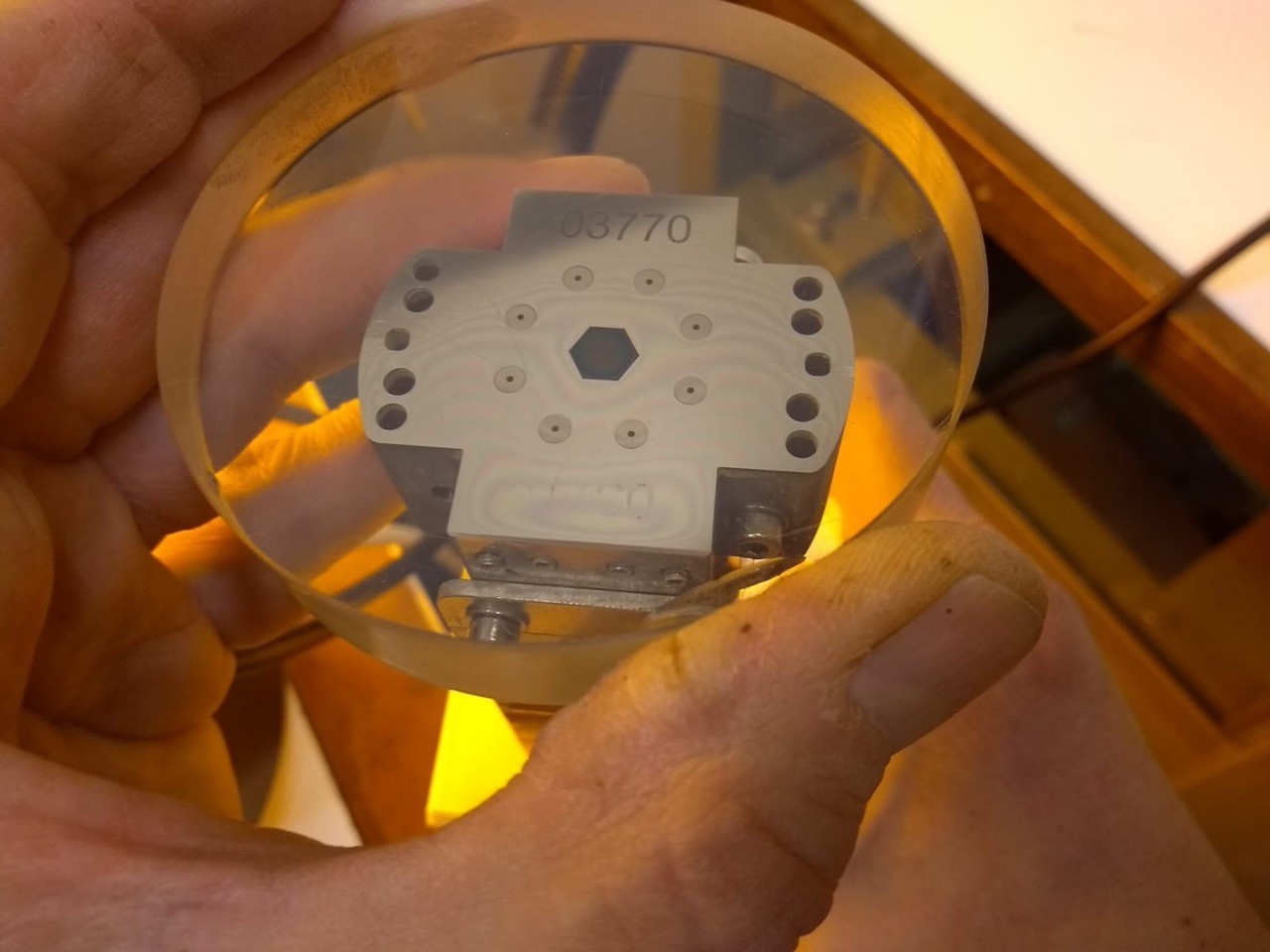Dust inhibits shock wave in iconic group of galaxies
The shock wave triggered by one of the five galaxies making up the iconic Stephan’s Quintet appears to be less disruptive than previously thought, with the shock likely being cushioned by dust particles in the surrounding gas. This finding is presented by a team of more than 60 astronomers, led by Marina Arnaudova (University of Hertfordshire, UK), who present their findings in the Monthly Notices of the Royal Astronomical Society, and results from the analysis of the first scientific observations of WEAVE, a state-of-the-art instrument co-developed in the Netherlands for a telescope on the Spanish island of La Palma.

3 million kilometres per hour
The researchers analyzed the characteristics of the moving gas in Stephan’s Quintet, a group of five galaxies 300 million light years away that was discovered in 1877 by Edouard Stephan. One of the five galaxies, NGC 7318b, is speeding through the region at 3 million kilometres per hour, causing a shock wave that in turn leads to chaotic movements in the gas.
Dual nature
The researchers discovered that the shock wave has a dual nature. When the shock rips through pockets of cold gas at hypersonic speeds, electrons are torn away from atoms, leaving a glowing trail of charged gas, as seen with WEAVE. The shock weakens, however, when it passes through hot gas instead of cold gas. The researchers suspect that the hot gas contains dust particles that absorb the shock wave.
First science results
“We came up with the concept of WEAVE 15 years ago. An excellent team of engineers and scientists made this instrument a reality, and Martina’s exciting results show how powerful WEAVE will be”, says Scott Trager (Kapteyn Astronomical Institute, University of Groningen), lead scientist of WEAVE.
WEAVE and its Large Integral Field Unit
WEAVE stands for William Herschel Telescope Enhanced Area Velocity Explorer. The instrument allows astronomers to measure the velocities of thousands of stars and galaxies simultaneously, along with other possible measurements. The core of WEAVE consists of nearly a thousand movable glass fibres that makes it somewhat like a weaving loom.
WEAVE was developed and built by the Netherlands, Spain and the UK, with contributions from France and Italy. The scientific results published today are based on the first science observations that were taken using WEAVE’s Large Integral Field Unit, a system developed and built by the Netherlands Research School for Astronomy (NOVA) and its Optical & Infrared Instrumentation Group.
Text continues below image.

Large Integral Field Unit
These so-called first light observations were carried out with the Large Integral Field Unit. This system was developed and built by the Optical/Infrared group of the Netherlands Research School for Astronomy (NOVA).
Text continues below image.

Scientific articles
WEAVE first light observations: Origin and dynamics of the shock front in Stephan's Quintet. Door: M.I. Arnaudova et al. In: Monthly Notices of the Royal Astronomical Society, 22 november 2024. [original (open access) | preprint (pdf)]
The wide-field, multiplexed, spectroscopic facility WEAVE: Survey design, overview, and simulated implementation. Door: S. Jin et al. In: Monthly Notices of the Royal Astronomical Society, Volume 530, Issue 3, May 2024 [original (open access)]
More news
-
11 November 2025
Farmland in crisis: ‘Try to understand each other’s points of view’
-
05 November 2025
Ten years of lifting paving stones
